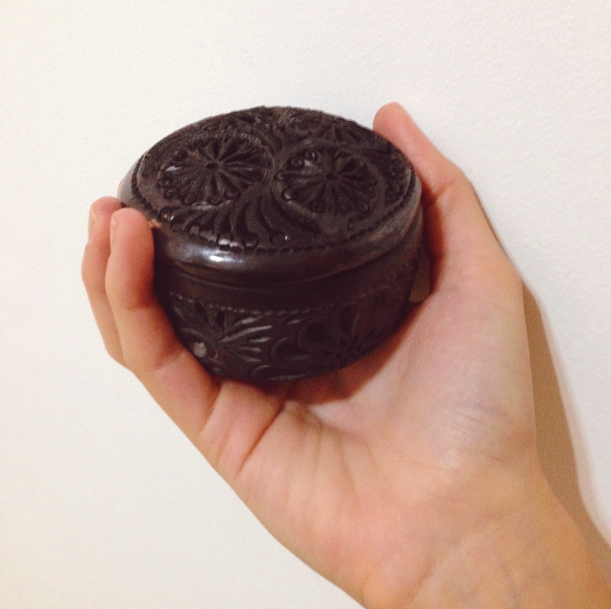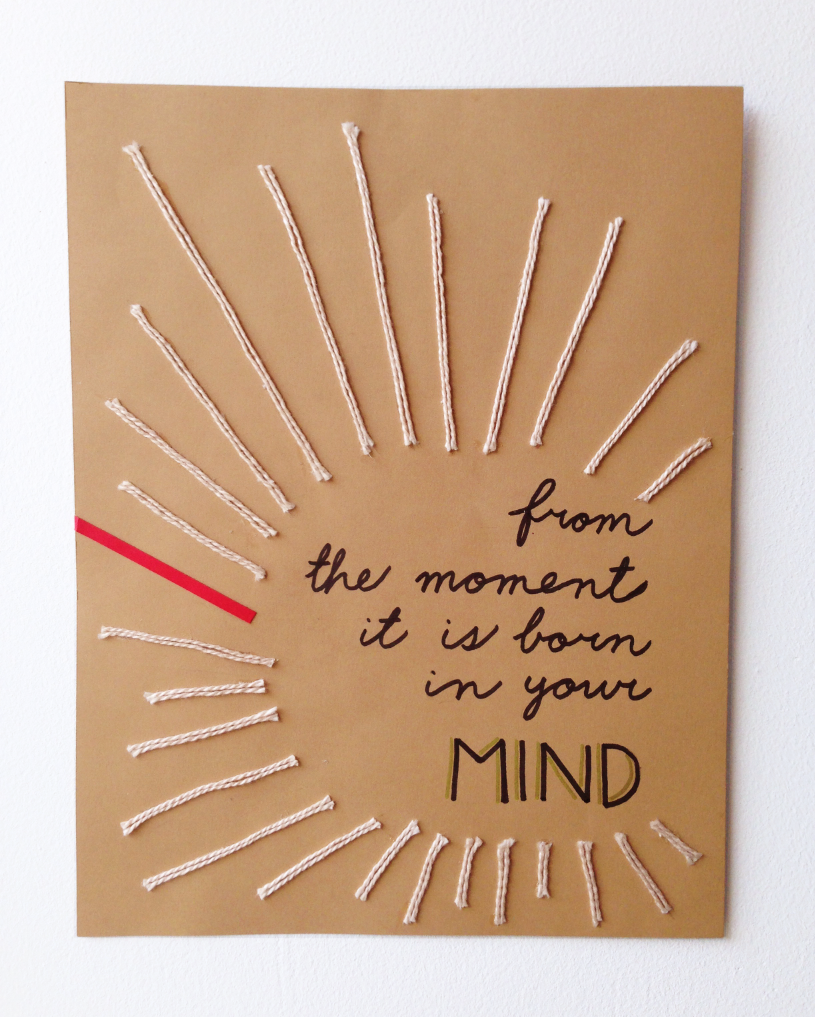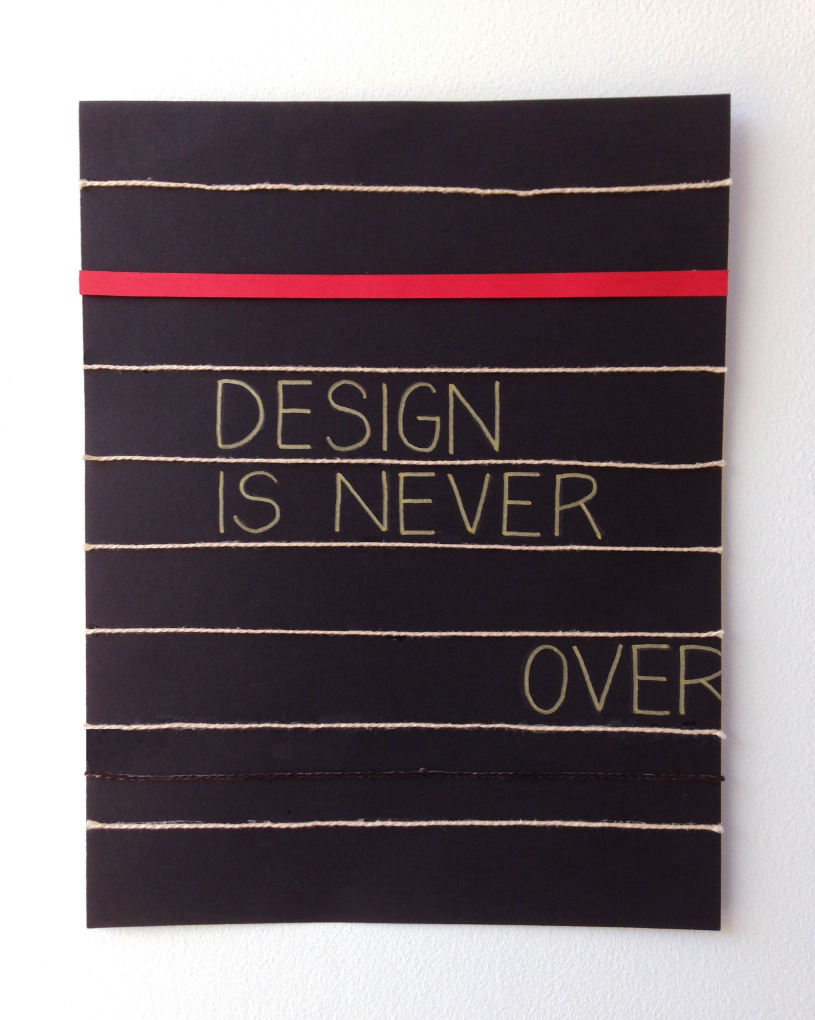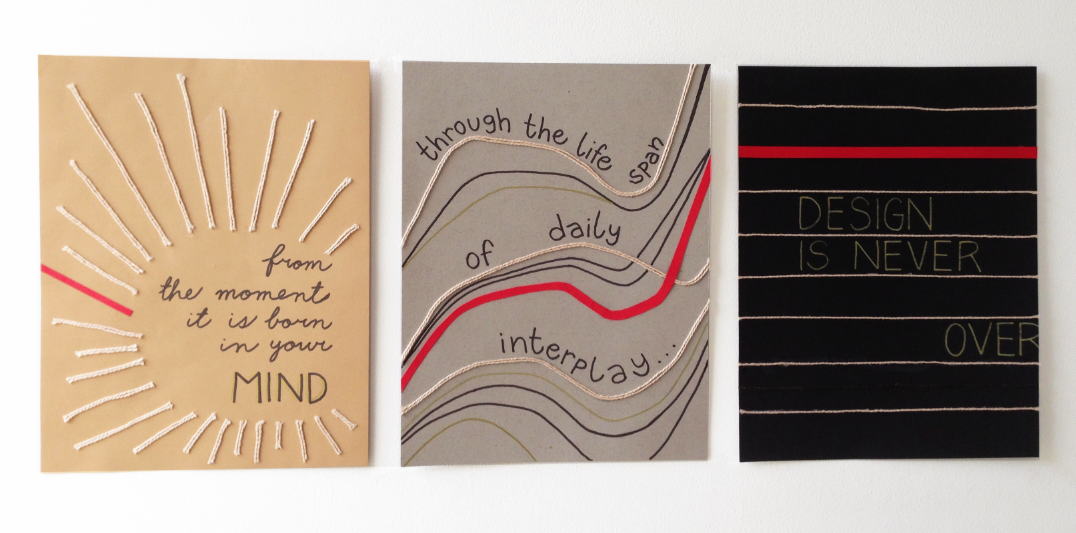For over 35,000 years, since the earliest cave paintings, telling stories has been one of our fundamental forms of communication. We are all about them. As a daily act we will describe our experience with a previous event, our day at work or some kind of story, and even perform and embellish to be able to wonder our listeners with the tale we have told. Sharing our own reality with others is what connects us with our humanity.
The act of storytelling is present through several forms. On the one hand, language has become the ultimate system of connection, we are continually using it to express different kinds of messages. Words are a powerful tool. They are straight and undeviating and at the same time have a diversity of meaning that you can play with.
Visual art on the other hand, is in essence a subjective, abstract form of expression. What is displayed can be interpreted in more ways words can explain. It awakens something from the inside. We often think what attracts us the most is the visual composition, but actually we are dived deep into the emotional response that is triggered within.
So why not combine language and art to create stories that represent messages with richness, seductiveness and texture?
Skimming thought Skillshare courses I saw one from Debbie Millman called “The Art of Story: Creating Visual Narratives”, and I was immediately drawn to it. It is born from the love of art and the love of language and the desire to put them together.
As a result from this mini course I went though a small assignment, which I will be describing here along with some basic learnings from the course.
1. Finding your story:
Start with the premise that anything that you have written can be transformed into visuals. Go through old notebooks, sketches, or ideas that have been meandering around you across time.
I'm obsessed with notebooks: large, small, bright, bold, ruled, dotted, plain. Any type. I took the time to go through them in search for old notes and concepts.
When you decide upon an idea, work into deconstructing your message.
What are we bringing to language? What kind of emotions do you want to convey?
Do you want it to be straight forward, or instead hold a secret to discover?
Does it have a certain sequence or pattern, or is it non sequent?
My inspiration was the unthought life of daily objects.
This is an object.
Someone thought about it (the look, the feel),
someone fabricated it very beautifully,
someone sold it with a smile in a mexican antique shop,
I bought it and now it is sitting in my desktop, keeping little strips of notes and ideas.
Who would have known?
2. Materials:
You can use any kind of materials you have, everything can communicate a story. From sharpies, to oil paint, rubber stamps, anything. In my case I used a bunch of markers, yarn and colored cardboard, with my always faithful X-acto knife.
3. Crafting:
The idea is to give yourself the opportunity to experiment with materials. Sketch, play with the position of objects, till you find something that is visually appealing and works to convey the proper feeling of the text.
One tip from the course: you can make yarn any color you want just by using a big fat marker. Think about the versatility of the materials you already have available.
The last step was carried out with the markers. These were used to write down the words on the visual composition.
4. Project outcome:
The global idea maps out the creation of three different compositions, that relate to each other through materiality and continuity of certain elements. There is a certain playfulness in the text, portraying the ups and downs of the creative process, while the visual art strengthens the generation of contrast and patterns to represent a seamless single minded message.
“From the moment it is born in your mind,
through the life span of daily interplay,
DESIGN IS NEVER OVER.”
The latter can have a double meaning. One concept relates to the fact that design has always existed and it will never end, at least while the human specie lasts. Design gives us the tools to shape the world and find solution to problems.
A second idea, and the main one, is to internalize that every object that goes through the process of creation has an endless life, sometimes beyond our imagination. It is never really over. Even after it is brought into existence and delivered to an external person, the product will continue to have its own story, and it is something that we should contemplate and try to envision as designers. We have a major role in the way the products we design can behave and interplay in their future life.
People interact with objects, take them to places and even transform them physically. Creation is infinite.


















